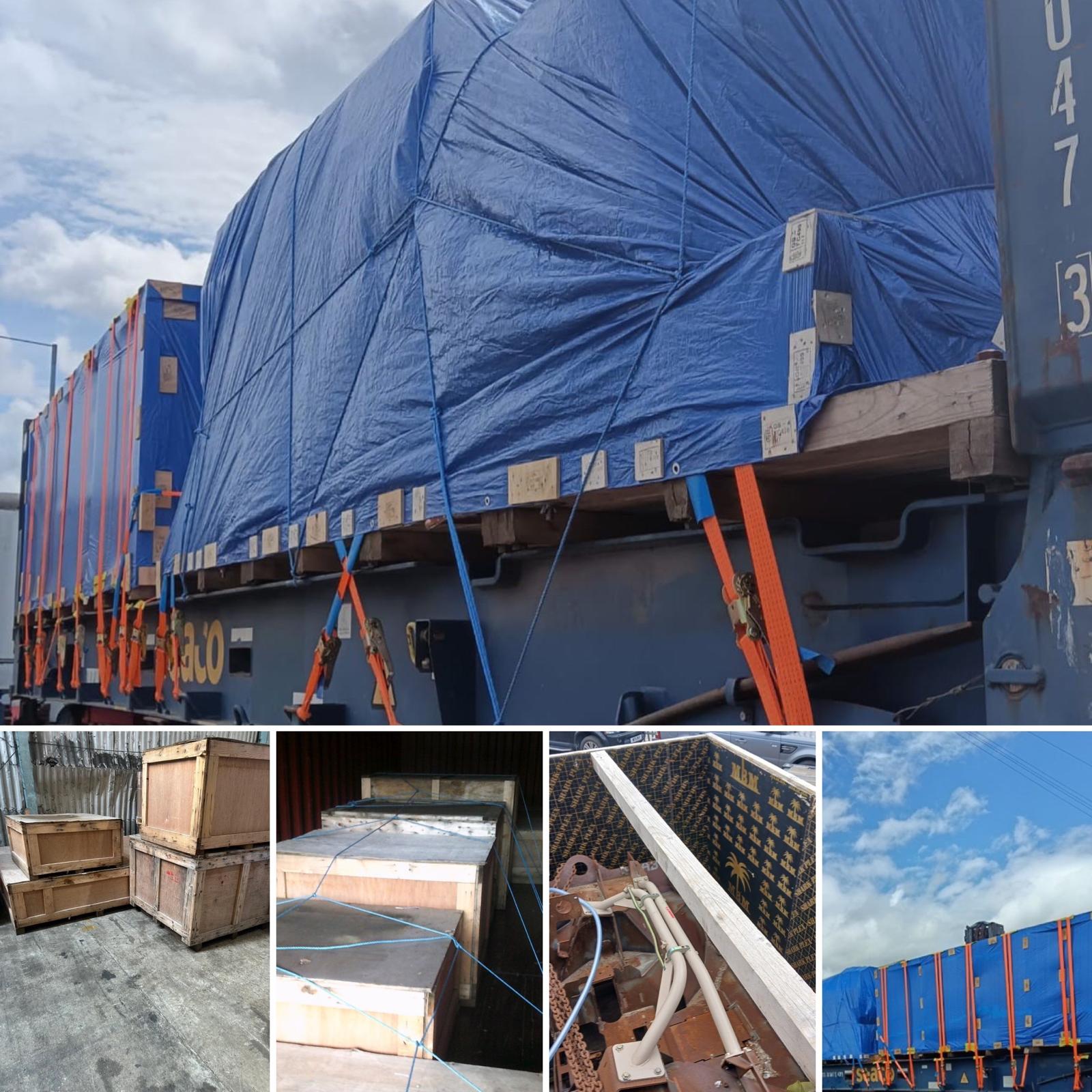Shipment
The right cargo pallets are essential for this type of freight shipping. Here’s what you need to know.
What pallet is right for your shipment?

How to decide on the most suitable pallet for your cargo
In a previous article here on the KTL website, we explained the concept of palletised freight. This, as the term suggests, is a form of shipping that involves pallets being used to move goods from one location to another (whether in the same country or to another territory).
A pallet is a structure, normally made from wood, that constitutes a platform allowing for all manner of different products to be stored and moved. Crucially, the design of the typical pallet is also aimed at ensuring a forklift truck can easily move and stack it.
However, there isn’t only one type or size of pallet. This underlines how vital it is for importers and exporters to select the most suitable pallet for the goods they are looking to ship.
The below advice is not a comprehensive guide to the factors that will inform your decisions when it comes to palletised freight. Nonetheless, it will help guide you towards the right pallet for your intended application.
Inform yourself on the various types of pallets on the market
The variety of available pallet sizes and configurations is broader than you might realise. So, to begin with, let’s consider the two main broad categories of pallet: stringer pallets and block pallets.
The frame of a stringer pallet is made up of three or more parallel pieces of timber, which are also often referred to as “stringers”. Top deckboards are then attached to these parallel stringers.
While stringer pallets may more than suffice for your intended application, an alternative, normally stronger type of pallet exists: the block pallet. Both parallel and perpendicular stringers are used to construct these pallets, which helps to ensure better handling.
Consider which size of pallet you might need
With the UK, the European Union (EU), and the International Standards Organization (ISO) having separate “standard” pallet sizes of their own, it is worth familiarising yourself with these different systems, and the different territories and situations in which they may be best applicable.
The generally accepted standard UK pallet size, for example, is 1000mm x 1200mm. However, not all UK pallet sizes are accepted in other parts of Europe, and unsurprisingly, it is the Euro pallet system that is more widely used across the continent. The common (but not only) Euro pallet size is 1200mm x 800mm, with a height of 150mm.
Make sure your chosen pallet can bear the weight of your cargo
As important as it is to select the right size of pallet, the pallet’s load capacity – in other words, the maximum amount of weight it is designed to carry – might be even more crucial.
Indeed, the three factors we have addressed in this article – pallet type, size, and load capacity – are interlinked. If, for instance, you are looking to transport an especially heavy load, it is a block pallet that you will probably need, rather than a stringer one.
To learn more about all things palletised freight and how KTL UK can assist with your shipping requirements, please feel free to reach out to our team today.







